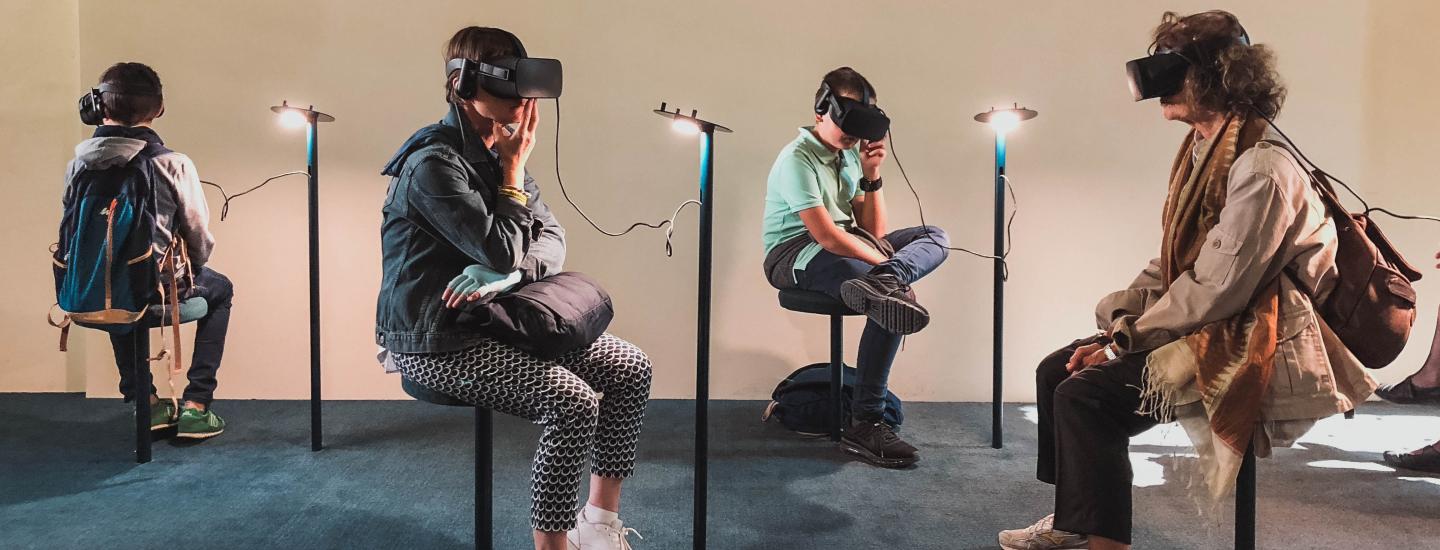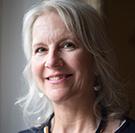
“SCS helped me transform my passion into a graduate degree and a career I love.” – Lorraine Tinsley, SCS learner
For Lorraine Tinsley, continuing education transformed what was once a hobby into a thriving career. “I’ve always loved history and architecture, but I could never see a clear path to turning these interests into a career for myself. I worked in public policy for much of my life, then took some time off to raise my daughter. Once she was older, I found myself strongly drawn to the history of our Toronto neighbourhood, Moore Park,” recalls Lorraine. “I wanted to formalize my knowledge of local history and architecture, so I turned to the School of Continuing Studies (SCS) and everything changed.”
In fact, Lorraine was so fascinated by the history of Moore Park, she began researching the area with the goal of writing a book. “My idea of a book has morphed into a website that I’m now working on. Doing the research, I realized I needed to know more about Toronto history, and about research methods for local history. In 2016, I started taking a series of SCS courses – the first with James F. S. Thomson, titled Toronto’s History: 1850–1914 which was just incredible. The biggest advantage he shared was access to digital resources and archives, and how to use them for research. It inspired me to take another online course with him in 2018, Researching Canadian Local History,” says Lorraine. “It was the best course I’ve ever taken on historical research.”
Next, Lorraine wanted to scratch her architectural itch. She took two SCS courses, Toronto's Residential Architecture: A History, and Toronto’s Neighbourhood Architecture, with instructor Marta O’Brien. “The caliber of Marta’s courses was very high; her visual teaching tools are phenomenal. She also took us on guided tours of areas we were studying. She truly brought the history of architecture in Toronto to life,” reflects Lorraine. “The cumulative effect of James and Marta’s teaching was to open the door to grad studies for me.”
Lorraine began earning her Master’s in Public History at Western University in 2019, and credits her studies at SCS for giving her a huge advantage. “I entered the program with solid digital research skills, and a strong knowledge of Southwestern Ontario history and architecture thanks to SCS. I just completed my MA program, and am now working as a Heritage Consultant. SCS helped me transform my passion into a graduate degree and a career I love. In fact, I still use the resources and skills I gained at SCS constantly in my daily work,” says Lorraine.
Today, Lorraine continues to work on her Moore Park research and website, and, as a writer on Middle East WWI affairs, will soon be publishing a book on the friendship between T.E. Lawrence (aka Lawrence of Arabia) and the explorer Gertrude Bell. “It’s never too late to learn. You can grow a great deal from studying with an expert if you have the commitment to fully engage in continuing education,” she says. “Learning at SCS was an unparalleled learning experience that gave me the confidence to do scholarly research, and pursue my dream career.”















